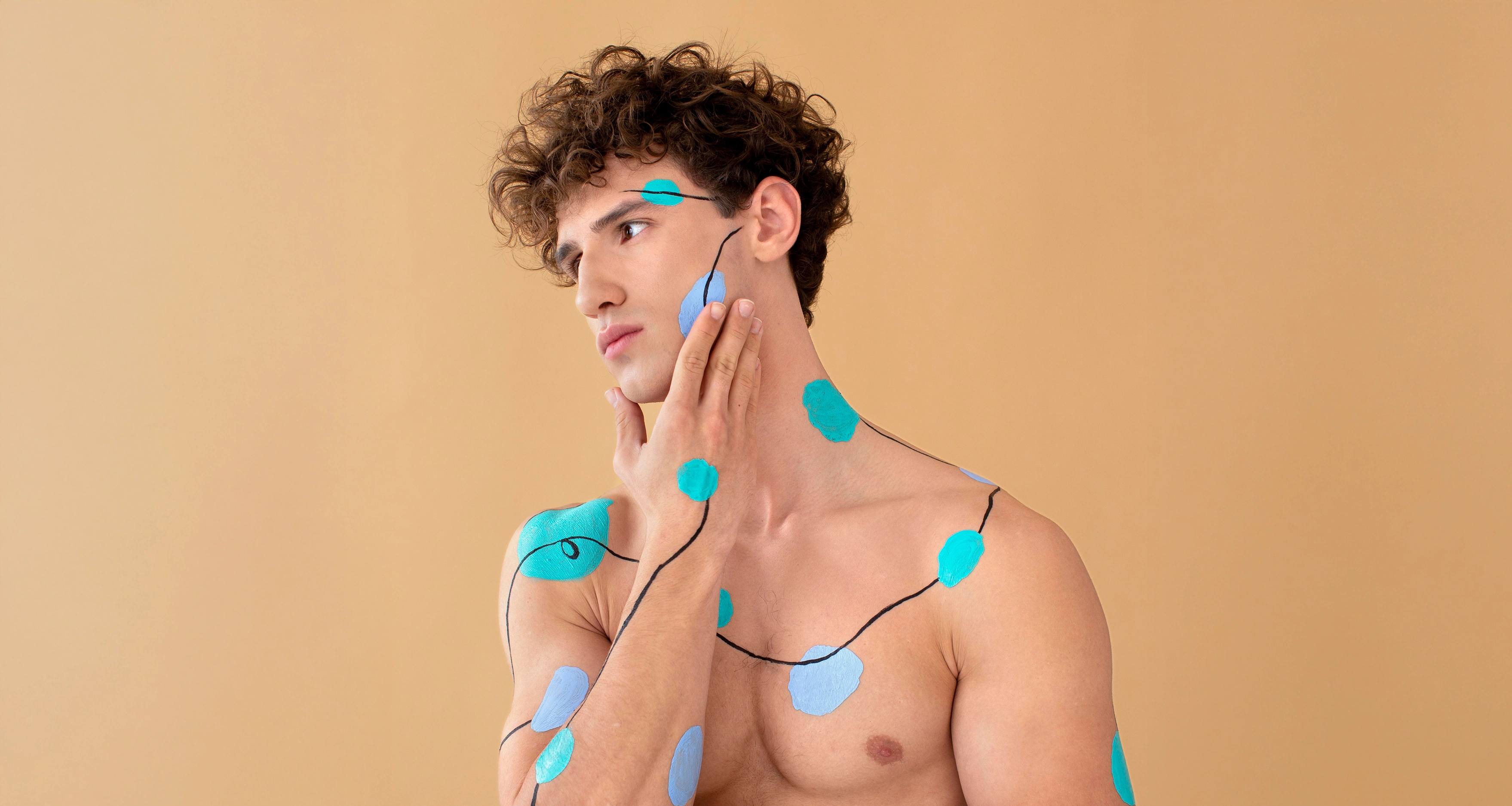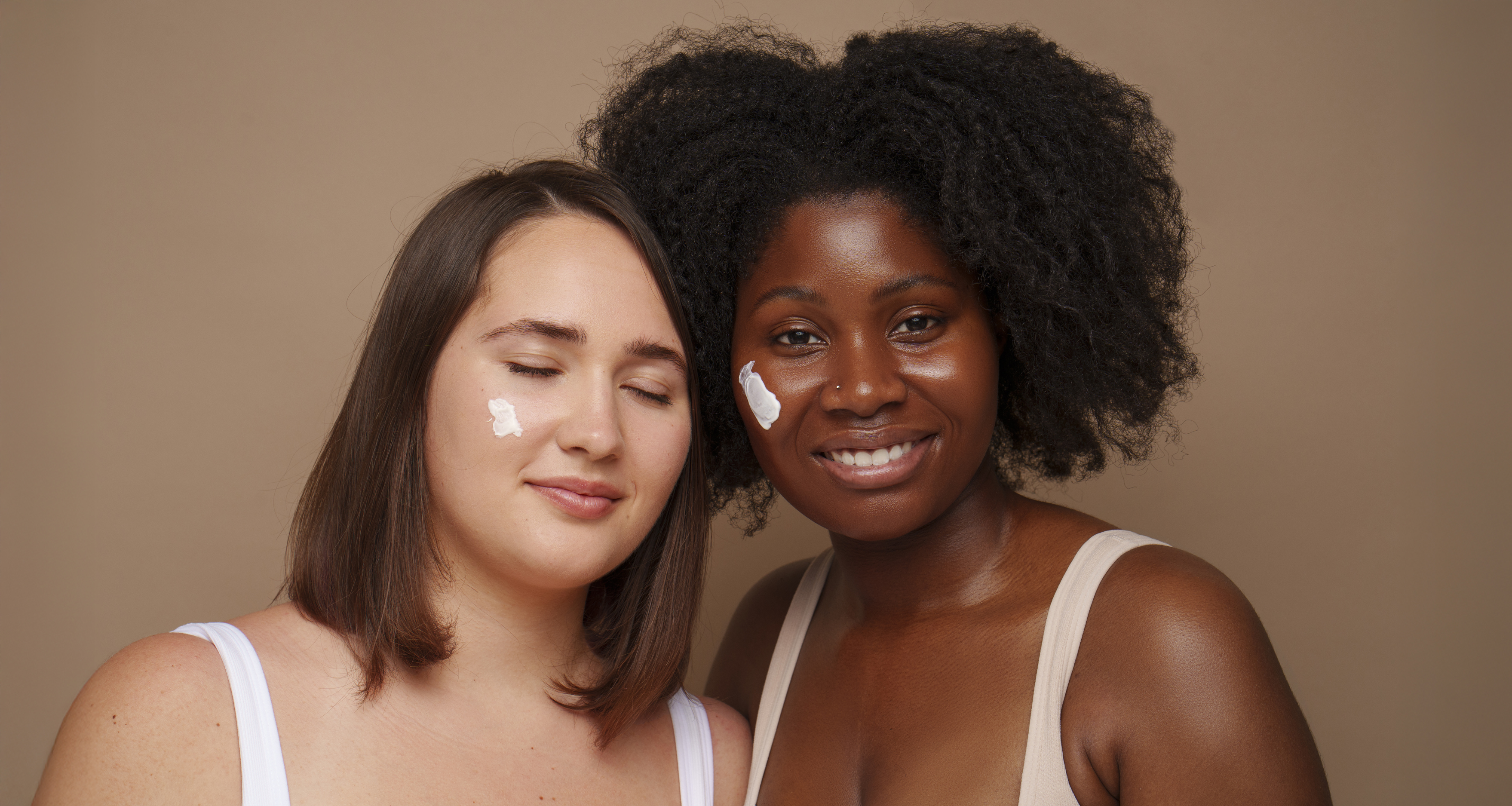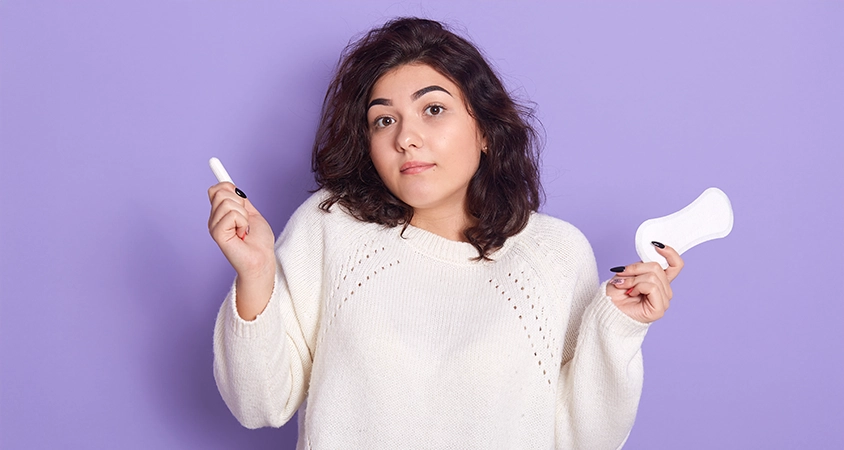

Laser Hair Removal
November 14, 2025

1
min. to read
Laser Hair Removal in Winter: Why It's the Best Time to Start.
Is it better to start in winter, how to prep, what to avoid, and how to get the best results
If you have been thinking about laser hair removal but keep pushing it back, winter is actually the smartest time to start.
Less sun, more clothes, and a few months before summer means you can quietly work through your course while everyone else is still shaving and waxing.
Let’s go through the key questions people are asking.
Is it better to get laser hair removal in the winter?
In most cases, yes.
Many UK clinics recommend starting laser in autumn or winter because:
Less sun, lower risk
Laser targets pigment. If your skin is tanned, there is less contrast between hair and skin, and the risk of pigmentation or burns goes up. In winter, skin is usually closer to its natural tone, so it is easier and safer to treat.
- You stay covered up
After laser, skin can be mildly red or sensitive. In winter you are already in long sleeves and trousers, so it is easy to keep treated areas protected from UV and friction from tight clothing. - You finish your course before summer
Most people need around 6 to 8 sessions for a proper reduction, spaced 4 to 6 weeks apart depending on the area. That already takes several months. Starting in winter means you are in a good place by late spring or early summer. - Winter skin is calmer
There is usually less sunburn, fewer spontaneous beach days, and fewer last minute spray tans. That all makes your laser schedule easier to stick to.
At Laser Me Out, we treat all year, but winter is usually the easiest time for clients to be consistent and protect their skin properly.
What season is best for laser hair removal?
If we rank it by practicality and safety:
- Best: Autumn and winter
- OK: Spring (if you are strict with SPF and avoid sunbeds and fake tan)
- Hardest: Summer, mainly because of holidays, sun, and tans that delay treatment.
So if you are reading this in the colder months, this is your sign to actually book, not keep it on the “one day” list.
How to prepare your skin for laser hair removal
This is where a lot of people get confused. Good prep makes your sessions more comfortable and can improve results.
1. Shave 24 hours before your session
Most UK clinics now advise shaving the treatment area 12 to 24 hours before your appointment.
Why 24 hours is the sweet spot:
- The laser needs hair in the follicle, not on the surface
- Stubble above the skin can burn and increase discomfort
- Shaving right before can leave micro-cuts that sting under the laser
If you slip and shave 2 hours before, your skin may feel a lot more sensitive. It is better to leave a bit of time for the top layer to settle.
2. Moisturise daily in the weeks before
Winter air plus central heating is a rough combo. Skin gets dry, tight, and more reactive, which makes laser feel sharper.
- Use a gentle, fragrance free moisturiser once or twice a day
- Focus on legs, arms, and any area you are treating
- Stop very heavy oils or occlusive balms 24 hours before your session so the skin is clean
Research and clinic guidance both note that well hydrated skin generally tolerates treatment better and recovers faster.
3. Keep skin clean on the day
On the day of your session, the area should be:
- Clean and dry
- Free from makeup, lotion, oils, deodorant, perfume, and body butter
These products can act as a barrier or, worse, interact with the heat of the laser and cause irritation or burns.
4. Stop waxing, plucking, and threading
This one is big.
Laser needs the root of the hair inside the follicle. Waxing, threading, tweezing, and depilatory creams remove or disturb that root.
Most clinics ask you to:
- Stop waxing, threading, or plucking for 4 to 6 weeks before starting laser
- Stick to shaving only during the course
If you wax between sessions, you are basically resetting the process.
5. Press pause on active skincare on the area
Strong actives can make skin more sensitive to heat:
- Retinoids (retinol, tretinoin, adapalene)
- Direct acids (glycolic, lactic, salicylic)
- Scrubs and harsh exfoliating pads
Most clinics suggest stopping these on the treatment area 3 to 7 days before and after sessions, depending on strength
You can keep using them on other parts of your face or body that are not being treated.
6. Avoid sunbeds, strong UV, and fake tan
Key timelines most UK clinics use:
Avoid strong sun and sunbeds for at least 2 to 4 weeks before
- Avoid fake tan for around 2 weeks before
- Remove any tan residue with gentle exfoliation well before your appointment
- Use SPF 30+ daily on exposed treated areas, even in winter
Fake tan is especially risky because the laser can lock onto the pigment in the tan instead of just the hair, which can cause burns.
7. Tell your clinic about medication and medical history
Some medicines and conditions can affect how your skin responds to light, for example:
- Certain antibiotics
- Roaccutane or other strong acne meds
- Some hormonal treatments
Most reputable clinics will go through a medical form and patch test, but it is still important you share everything honestly
What should you NOT do before laser hair removal?
Quick list you can even turn into a graphic:
Before your session, do NOT:
- Wax, tweeze, thread, or use hair removal cream on the area
- Use fake tan, including gradual tan, on the area
- Sit in sunbeds or heavy direct sun in the weeks before
- Use strong acids or retinoids on the area right before or after
- Apply body lotion, deodorant, oils, or makeup on the area on the day
- Shave right before the appointment (aim for the day before)
- Start or stop important medication without telling your practitioner
These steps are standard across many UK clinics to keep treatments safe.
How can I get the best results from laser hair removal?
This is where expectations matter. Laser is long term reduction, not magic after one visit.
1. Stick to the schedule
Hair grows in cycles. The laser works best in the anagen (growth) phase, which is why you need repeated sessions rather than one big one.
For body areas: usually every 4 to 6 weeks
- For the face: often 3 to 4 weeks
Turning up too early does not give the hair enough time to cycle back, and leaving it too long means you miss windows where the laser would be most effective.
2. Commit to the full course
Most clinics quote something like:
- 4 to 8 sessions for a good reduction, sometimes more for hormonal areas like chin, neck, and lower face.
You will usually start to see a difference after 2 to 3 sessions (patchy regrowth, slower growth), but the full change needs the full course.
3. Shave between sessions
This surprises people who are used to waxing:
- Shaving does not affect the root the laser needs
- It keeps skin smoother and reduces ingrown hairs
- It keeps the hair at the right level for your next session
Avoid waxing between appointments or you are removing exactly what the laser is meant to target.
4. Look after your skin after each treatment
Post care matters, especially in winter when the barrier is already under pressure.
Most clinics will recommend you:
- Use a soothing gel like aloe vera for a few days
- Avoid hot showers, saunas, and heavy workouts for 24 to 48 hours
- Avoid tight clothing that rubs on the area
- Keep SPF 30+ on exposed areas, even if it is cloudy
At Laser Me Out, that might look like:
- Right after: LMO Aloe Vera Gel to cool and hydrate
- Ongoing: Meso Hydra Cream to keep the barrier comfortable
- Daytime: Meso Sun Spray or another broad spectrum SPF on treated exposed areas
5. Be honest about hormones and hair
If you have PCOS, thyroid issues, or are on hormonal meds, growth can be more stubborn. You might need:
- More sessions on facial areas
- Occasional top up sessions once or twice a year
Good clinics will explain this upfront so you are not confused if you still see some hair later.
Winter specific tips for sensitive, dry skin
Because your topic is winter prep, add a short section just for that:
- Use a humidifier or keep a glass of water near radiators to reduce dryness indoors
- Switch to a gentle, non-foaming body wash instead of harsh soaps
- Avoid very hot showers, which strip oils and make laser feel harsher
- Use fragrance free body moisturiser daily, not just when you “feel dry”
All of this keeps your skin calmer and less reactive when the laser heat is applied.
FAQ (good for SEO and featured snippets)
You can drop this at the end, plus turn it into FAQ schema.
What phase is laser hair removal most effective?
When hair is in the anagen (growth) phase. That is why you need several sessions, spaced a few weeks apart.
What happens if I shave 2 hours before laser hair removal?
Skin can be more irritated and sensitive, which may make treatment less comfortable. Aim for 12 to 24 hours before instead.
Is stubble ok for laser hair removal?
No. Hair should be shaved flat to the skin. Visible stubble above the surface can singe under the laser and increase the risk of burns.
Why do I still have stubble after laser?
What you are feeling is usually hair shedding, not fresh growth. These hairs often fall out within 7 to 14 days after treatment. Gentle exfoliation and moisturising help the process.
Final CTA idea
Thinking about starting laser this winter?
Our Birmingham branch is opening soon and it’s the best time to begin. Book a free consultation and patch test and we’ll build a plan around your skin, hair, and goals.
Our biggest sale of the year is about to drop, so this is the time to get in.
share
interesting article on the same topic

contact us
let´s talk hair. dm us today.
We’re obsessed with fuzz-free living and love to share our knowledge and expertise. Don’t be shy! Ask us anything.
London´s prime location
Laser all day baby - hours that work for you! Situated at 146 MARYLEBONE Rd., London NW1 5PH
MON
9.00 - 21.00
TUE
9.00 - 21.00
WED
9.00 - 21.00
THU
9.00 - 21.00
FRI
9.00 - 21.00
SAT
9.00 - 21.00
SUN
9.00 - 21.00































.webp)



















